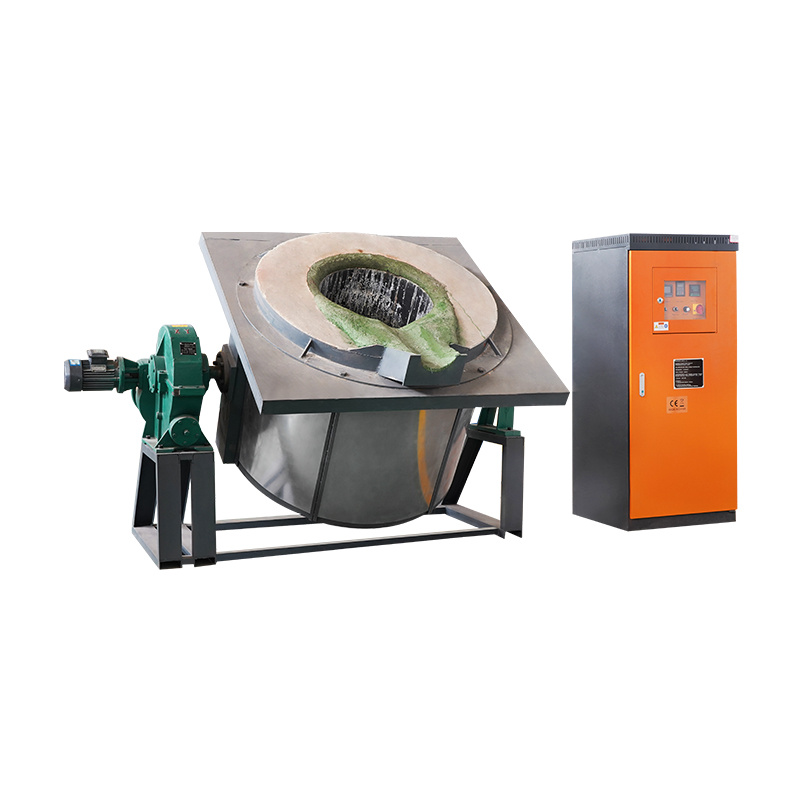Top Sales of Industrial Furnace Heat Sources and Types
Release time:
Apr 24,2025
source:
Selection of heat source and furnace type
After completing this analysis and comparison, the question arises: How can this information be most easily used when it is necessary to select a furnace or a group of furnaces? Obviously, the crude method of selecting a heat source based on the cost per kilocalorie is not enough, and some other method must be adopted. Unfortunately, there is no formula for the buyer that automatically gives the correct answer after substituting the variables. However, it should be possible to carry out a logical reasoning process that can be followed in various specific cases, or with slight variations.

The goal of each user is to select the heat source and furnace type in such a way that the cost of the final product is the lowest. After a careful reading of the two volumes of "Industrial Furnaces", it can be seen that a large number of details and items need to be considered before the above goals can be achieved. These items are listed below (incompletely).
Industrial furnace heat source
The cost of the furnace, earthwork, foundation, heat exchanger or regenerator, flue and chimney; maintenance and overhaul costs; the cost of the heat required to heat the furnace per unit weight of material (the last item includes many details, such as the cost of fuel or electricity per million kilocalories produced, the cost of auxiliary equipment such as oil heaters, transformers, high-frequency generators, gas cleaning equipment, etc.; it also includes the availability of fuel and the cost of switching from one fuel to another).
Heater wages; management costs; shutdown costs (application fees and part of the cost of continuing to operate the mill).
The cost of loading and unloading; the cost of losses caused by waste or defective products; the cost of oxidation and burning and the removal of defects generated in the furnace; the cost of protective gas; the cost of reduced production of operators due to heat radiation.
The adaptability of the furnace to the production line when the size, shape and composition of the material are changed.
Of course, there are cases where it is absurd and ridiculous to take into account all the problems and details. The owner of a small machine shop who needs a furnace for small forgings or for hardening small workpieces such as tools and screws that is not frequently operated can buy a ready-made furnace from a blacksmith's shop or from a catalog. A small salt bath furnace can be purchased when a protective gas generator is not required and simple carburizing or flame hardening is only required.
In choosing a heat source and a furnace, a prominent question is: should I choose a cheap, short-lived, and uneconomical furnace or a strong, economical, but therefore expensive furnace?
Regional conditions are usually considered and sometimes determine the choice of fuel and furnace. In this sentence, the word "region" has a very wide meaning, from a single plant to an entire continent. In the United States, there are areas that did not have natural gas 5 to 20 years ago, but now have it. At that time, electricity was usually cheaper than manufactured gas or even oil.
The advent of natural gas has changed conditions in many places, and as a result, natural gas is cheaper than electricity. Furnace builders and furnace engineers must always be aware and anticipate changes that are coming. In countries where natural gas or liquid fuels are not available and must be imported or made from coal and hydrogenated, the choice of fuel is obviously limited.
We use optional cookies to improve your experience on our site, including through social media connections, and to serve personalized ads based on your online activity. If you refuse optional cookies, we will only use cookies that are necessary to provide you with the service. Privacy Statement
Leave your inquiry now, and get a systematic solution later.
We will contact you within one working day. Please pay attention to your email.


